Introduction
The world is a tapestry of diverse cultures, each with its own unique traditions and celebrations. Cultural festivals offer a window into the heart and soul of a community, showcasing their history, beliefs, and way of life. These events are not only a time for joyous expression but also a way to connect with people from all walks of life. Let’s embark on a journey to discover 15 of the most fascinating and unique cultural festivals around the globe.
15 Unique Cultural Festivals
- La Tomatina, Spain
- Holi, India
- Día de los Muertos (Day of the Dead), Mexico
- Yi Peng Lantern Festival, Thailand
- Glastonbury Festival, UK
- Harbin Ice and Snow Festival, China
- Carnevale di Venezia (Carnival of Venice), Italy
- Inti Raymi, Peru
- Albuquerque International Balloon Fiesta, USA
- Boryeong Mud Festival, South Korea
- Burning Man, USA
- Kanamara Matsuri, Japan
- White Nights Festival, Russia
- Rio de Janeiro Carnival, Brazil
- Oktoberfest, Germany
1. La Tomatina, Spain
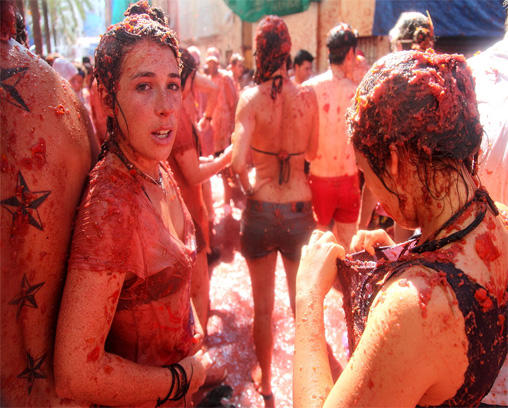
La Tomatina is a world-famous food fight held annually in the town of Buñol, Spain. This chaotic and exhilarating festival involves thousands of participants hurling over-ripe tomatoes at each other, transforming the streets into a sea of red. While its origins are somewhat unclear, La Tomatina has become a beloved tradition that embodies the playful and carefree spirit of Spanish culture.
2. Holi, India
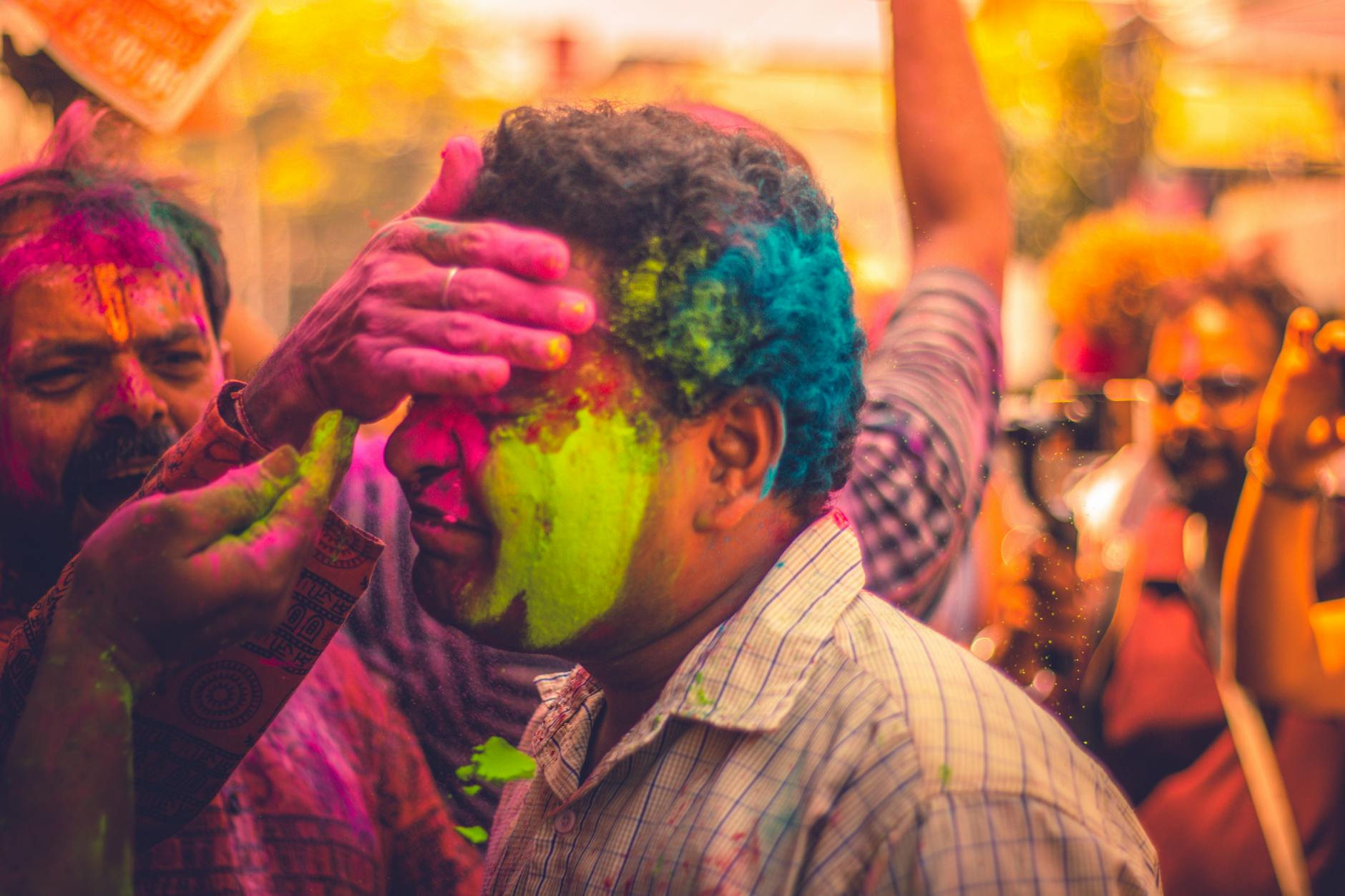
Holi, the Festival of Colors, is a vibrant Hindu celebration that marks the arrival of spring and the triumph of good over evil. Celebrated primarily in India and Nepal, Holi is a joyous occasion where people of all ages take to the streets, armed with colored powders and water balloons. The festival is a beautiful expression of unity, as social barriers dissolve in a whirlwind of color and laughter.
3. Día de los Muertos (Day of the Dead), Mexico
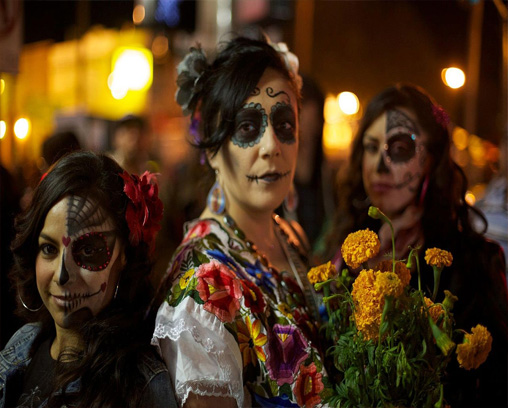
Día de los Muertos is a vibrant Mexican holiday that honors and celebrates the lives of deceased loved ones. Far from a somber occasion, this festival is a time for families to gather in cemeteries, decorate the graves of their ancestors with flowers, candles, and offerings of food and drink. Music, dancing, and storytelling transform this remembrance into a lively celebration of life and enduring connections.
Read More: 15 Cities That Dazzle After Dark: A World Tour of Nighttime Wonders
4. Yi Peng Lantern Festival, Thailand
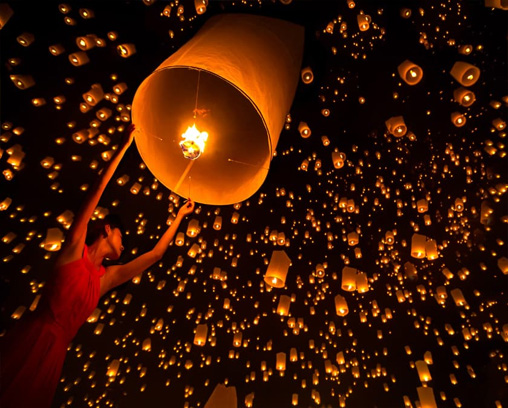
Yi Peng is a breathtaking festival of lights celebrated in northern Thailand, coinciding with the Lanna festival of Loy Krathong. During Yi Peng, countless paper lanterns are released into the night sky, creating a mesmerizing spectacle. The lanterns symbolize the release of worries and misfortunes, and their flickering lights are believed to guide spirits on their journey.
5. Glastonbury Festival, UK
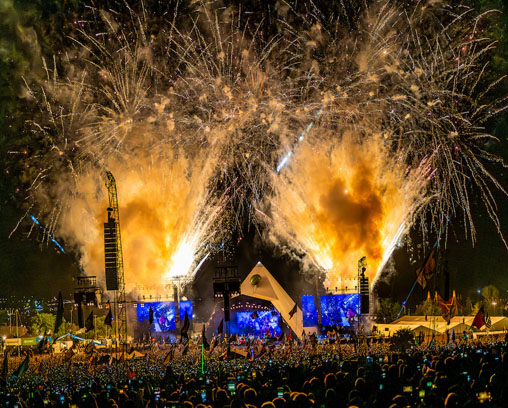
Glastonbury is a legendary music and performing arts festival held in England. With a rich history dating back to the 1970s, it has grown into one of the largest and most iconic festivals in the world. Glastonbury attracts top musical acts, showcasing diverse genres alongside circus performers, art installations, and a vibrant atmosphere fueled by free-spirited attendees.
6. Harbin Ice and Snow Festival, China
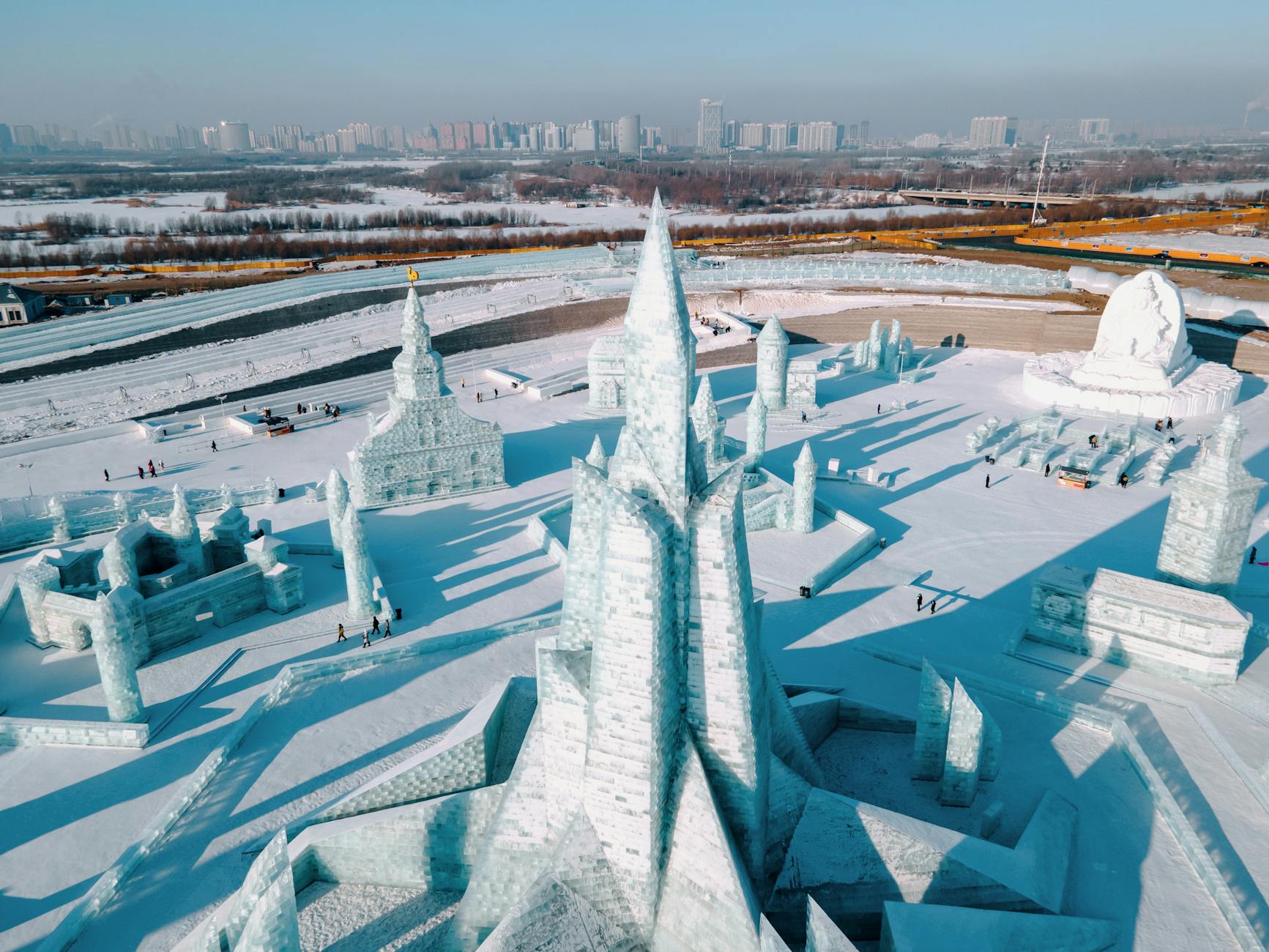
The Harbin Ice and Snow Festival is a dazzling winter wonderland held in the city of Harbin, China. This world-renowned festival showcases breathtaking ice and snow sculptures, illuminated with colorful lights to create a magical spectacle. Visitors can admire intricate ice palaces, giant slides, and participate in various winter sports and activities.
Read More: 15 Astonishing Natural Wonders You’ve Never Heard Of
7. Carnevale di Venezia (Carnival of Venice), Italy
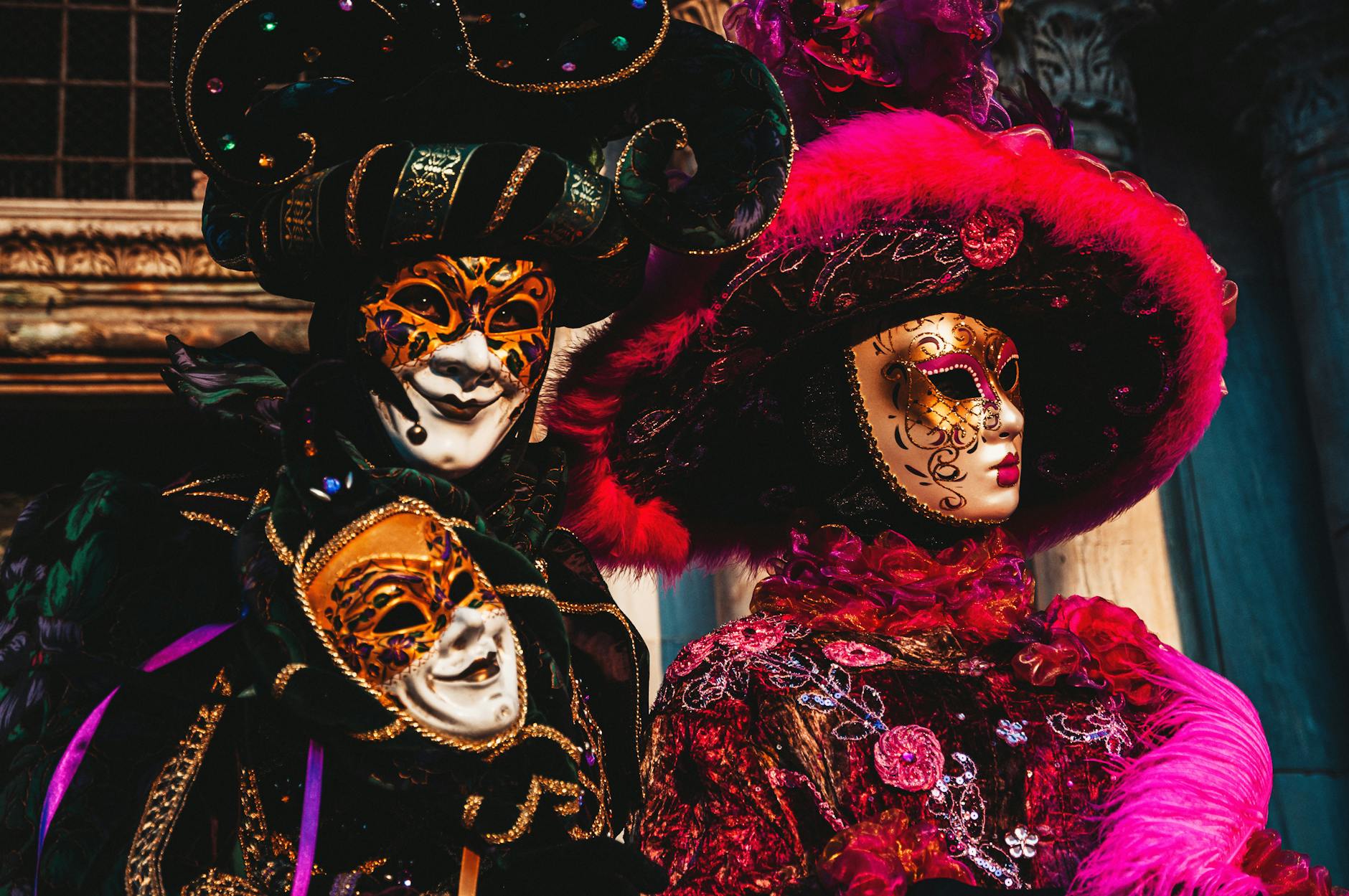
The Carnival of Venice is a historic celebration known for its elaborate masks and costumes. Dating back centuries, this pre-Lenten festival is steeped in tradition and mystery. Masquerades, opulent balls, and street performances fill Venice with a sense of extravagance and revelry, offering a unique glimpse into the city’s rich cultural heritage.
8. Inti Raymi, Peru
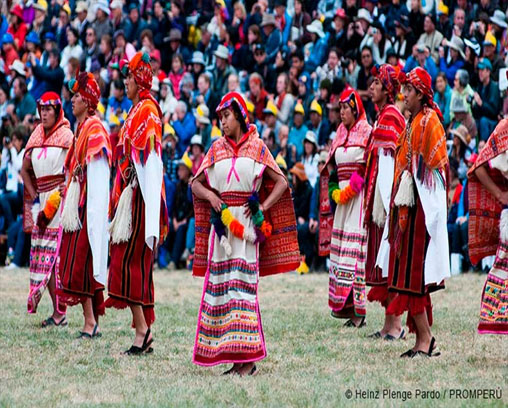
Inti Raymi, the ancient Inca “Festival of the Sun,” is a vibrant celebration of the winter solstice in Cusco, Peru. This re-enactment of a traditional Inca ceremony honors Inti, the sun god. The festival features elaborate costumes, traditional dances, and ritual offerings, showcasing the enduring legacy of the Inca civilization.
9. Albuquerque International Balloon Fiesta, USA
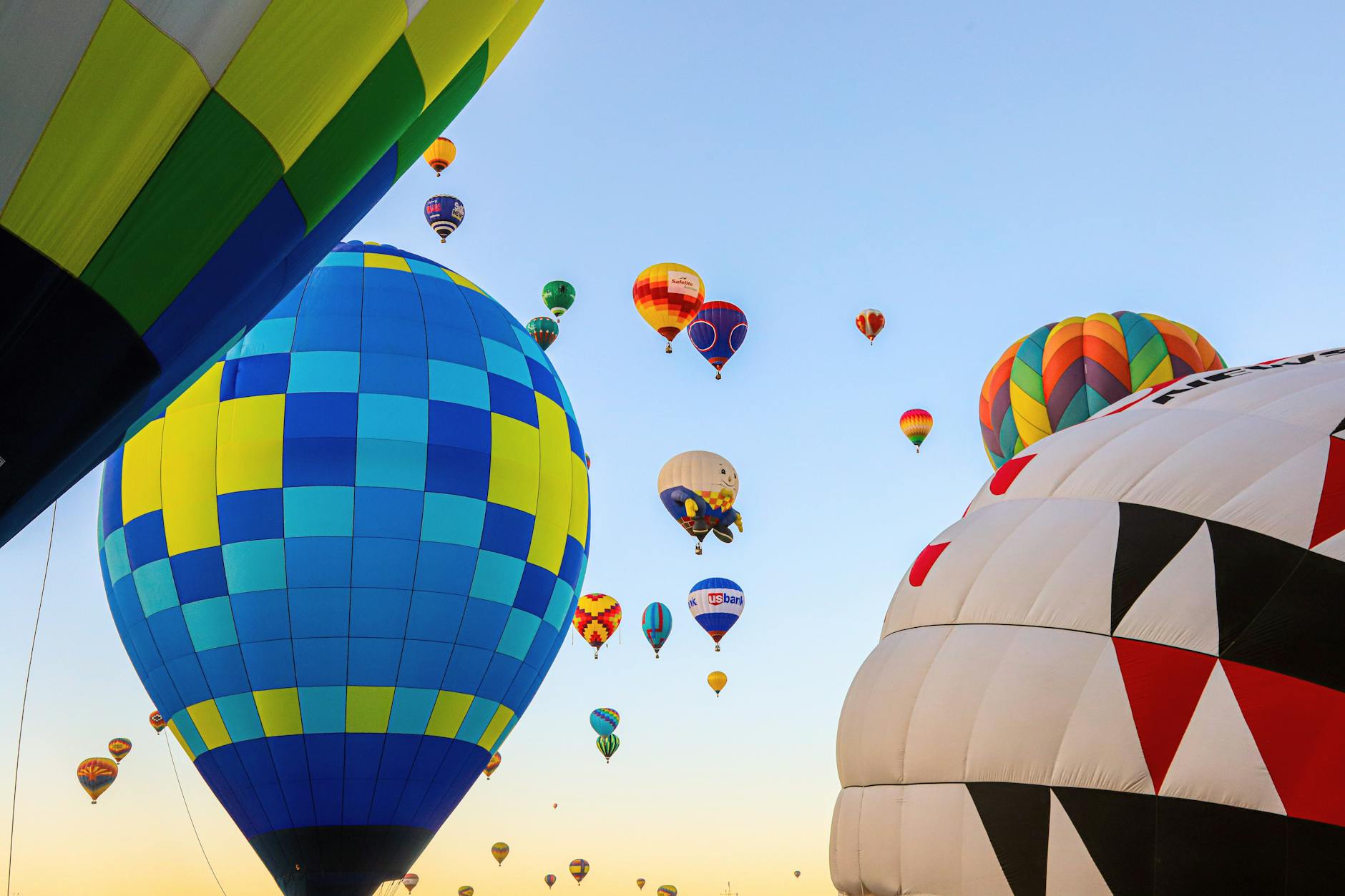
The Albuquerque International Balloon Fiesta is the largest hot air balloon festival in the world, transforming the skies of New Mexico into a kaleidoscope of color. Hundreds of balloons in an astonishing array of shapes and sizes take flight, creating a breathtaking spectacle. The festival also features live music, food, and various events celebrating the art and science of ballooning.
10. Boryeong Mud Festival, South Korea
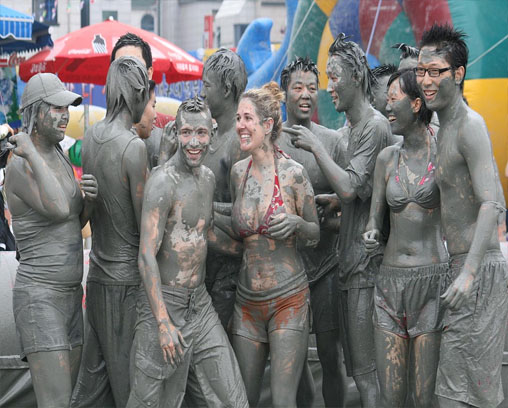
The Boryeong Mud Festival is a playful celebration where mud is the star of the show. Initially created to promote the cosmetic benefits of the Boryeong mud flats, the festival has evolved into a massive, fun-filled event with mud slides, mud wrestling, mud pools, and music performances. It’s an opportunity to let loose and embrace the messy side of life.
Read More: Discover 15 Powerful Benefits of Yoga for Mind & Body
11. Burning Man, USA
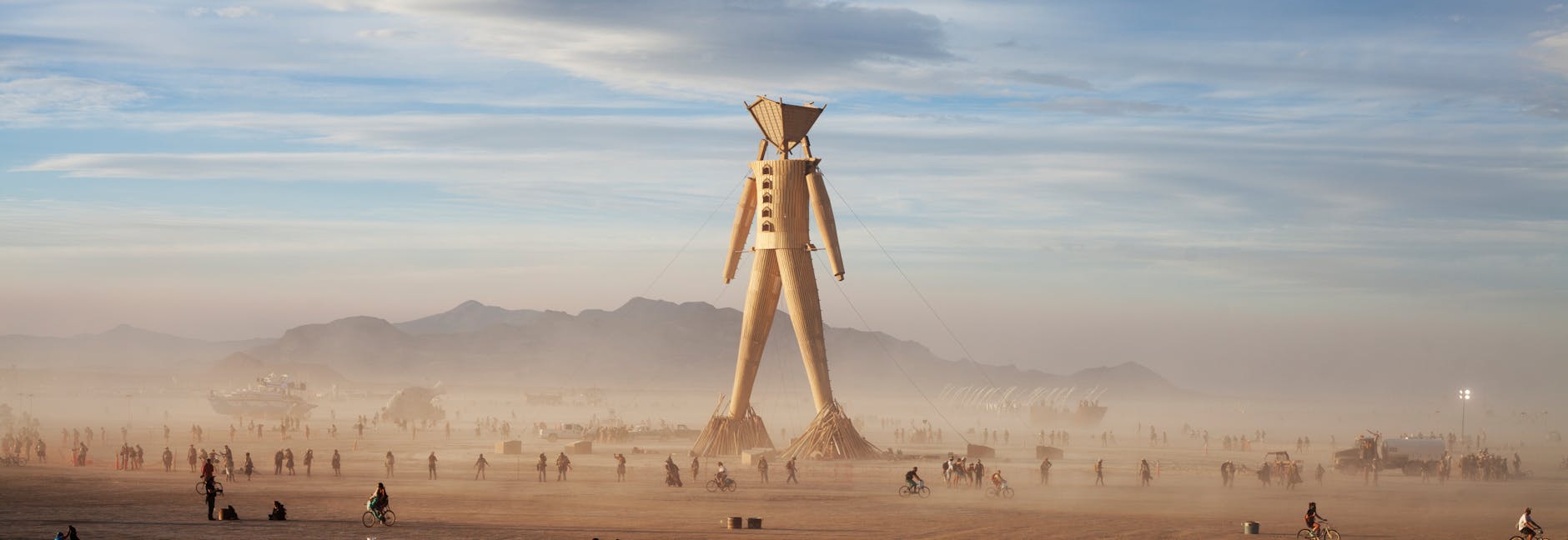
Burning Man is a radical self-expression and art festival held annually in the Black Rock Desert, Nevada. This temporary city welcomes a diverse community of artists, makers, and free spirits. Burning Man is known for its giant art installations, themed camps, mutant vehicles, and culminates with the burning of a massive wooden effigy.
12. Kanamara Matsuri, Japan
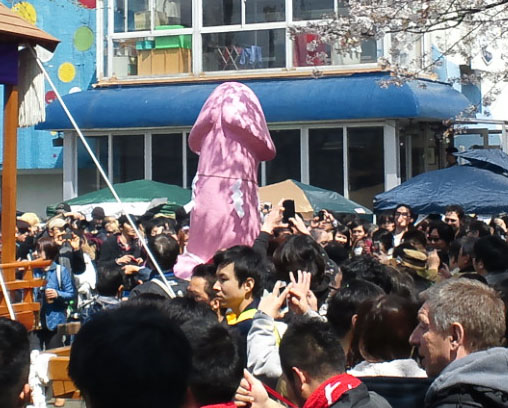
Kanamara Matsuri, or the “Festival of the Steel Phallus,” is a unique Shinto festival held in Kawasaki, Japan. This fertility festival celebrates a giant phallus and features phallus-shaped decorations, candies, and a parade with a portable shrine carrying a large, pink phallus.
13. White Nights Festival, Russia
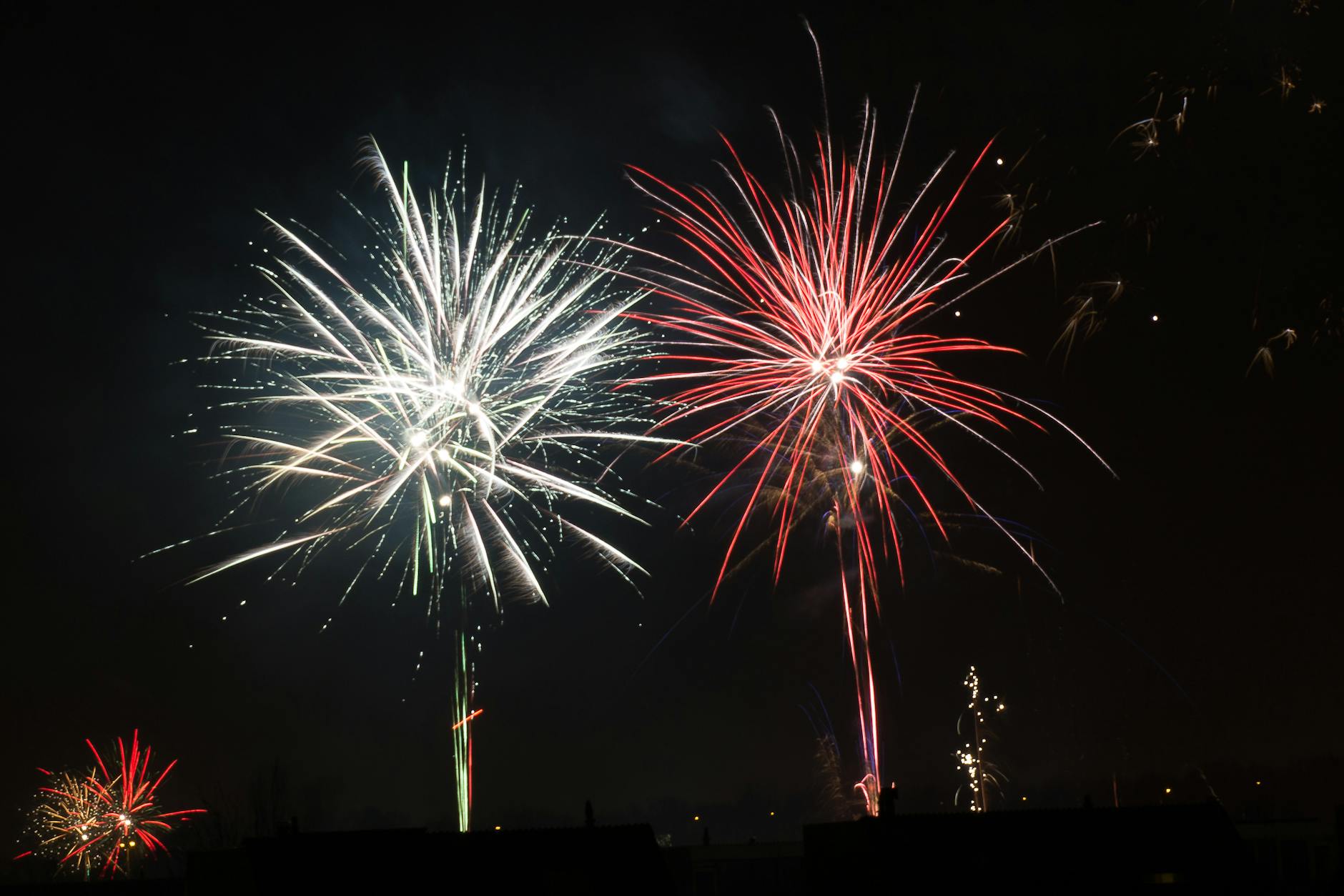
The White Nights Festival in St. Petersburg, Russia, celebrates the near-midnight sun phenomenon during the summer solstice. This cultural extravaganza features ballet, opera, and classical music performances in renowned venues like the Mariinsky Theater. The city comes alive with street festivals, art exhibits, and a spectacular fireworks show over the Neva River.
Read More: 15 Food Lies You’ve Been Fed – Time to Get the Facts
14. Rio de Janeiro Carnival, Brazil
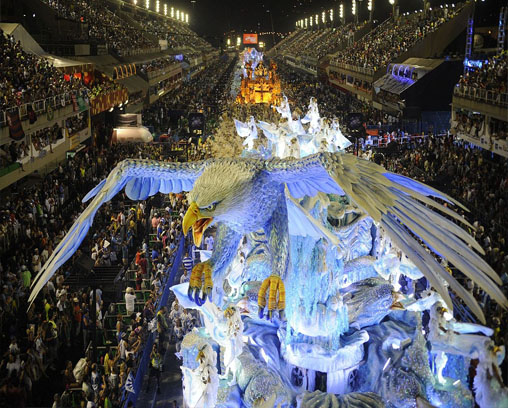
Rio de Janeiro Carnival is the world’s most famous carnival, known for its extravagant parades, dazzling costumes, and infectious samba rhythms. Samba schools from across the city compete with elaborate floats, dancers, and musicians in a dazzling spectacle that transforms the Sambadrome into a whirlwind of energy and color.
15. Oktoberfest, Germany
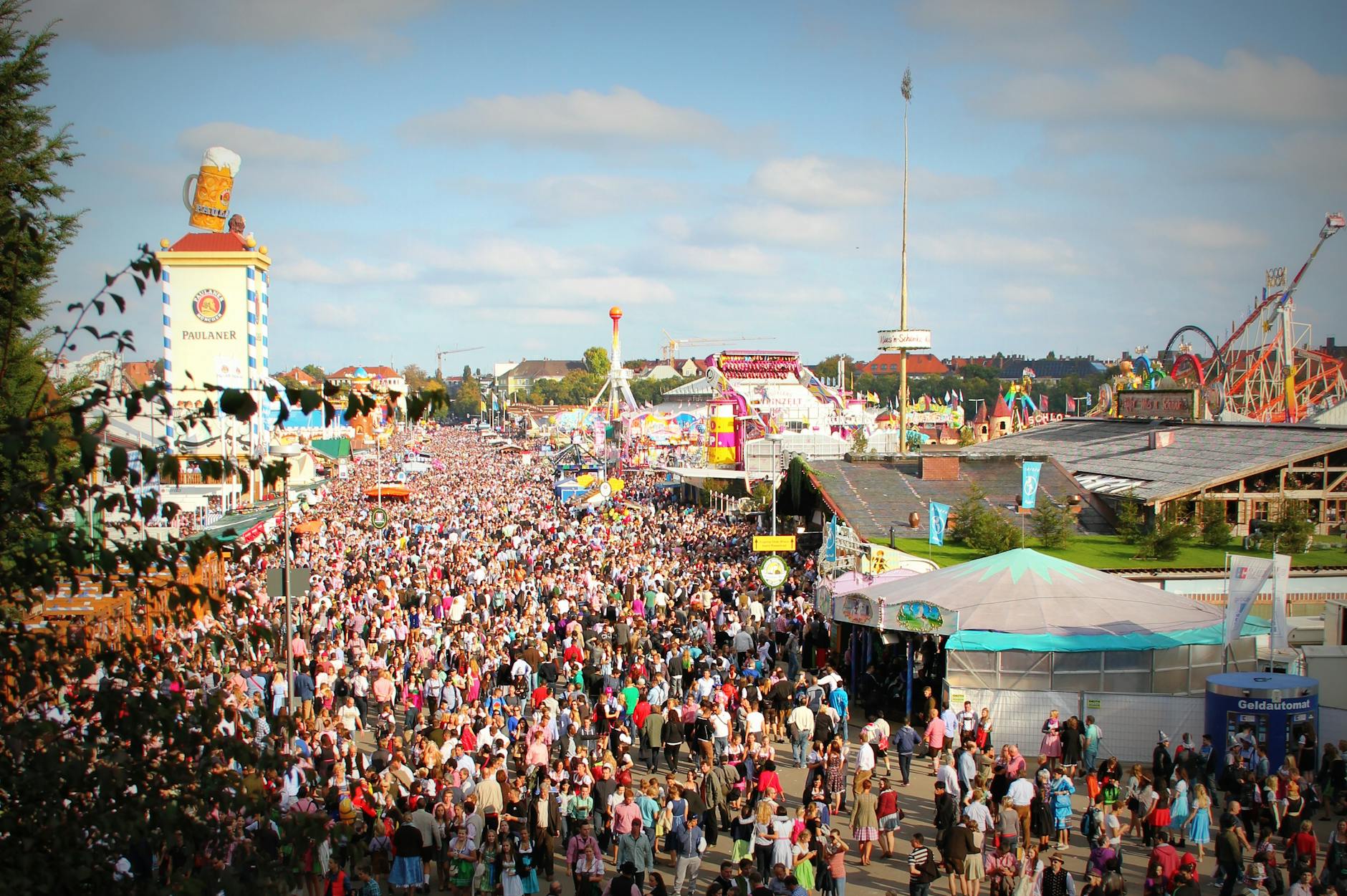
Oktoberfest is the largest beer festival in the world, held annually in Munich, Germany. This iconic celebration of Bavarian culture draws millions of visitors who gather in massive beer tents to enjoy traditional German beer, food, music, and folk dances. Oktoberfest is a testament to German Gemütlichkeit (coziness) and a celebration of life.
Conclusion:
Cultural festivals offer a unique opportunity to immerse ourselves in the vibrant tapestry of human expression. They transport us to different corners of the world, celebrating the diversity, traditions, and creativity that make our planet so extraordinary. Whether it’s the chaotic joy of a food fight, the spiritual significance of a lantern release, or the infectious rhythms of a carnival parade, these festivals have the power to ignite our imaginations and broaden our understanding of the world around us. So, the next time you crave a truly unforgettable experience, consider venturing beyond familiar shores to witness the magic of a unique cultural festival.
15 FAQs( Frequently Asked Questions):
-
What’s the best way to experience a cultural festival as a traveler?
Do your research: Learn about the festival’s origins, customs, and any specific etiquette guidelines.
Be respectful: Dress appropriately, be mindful of local traditions, and ask permission before taking photos of people.
Embrace the spirit: Participate in activities, try local foods, and engage with the community.
Plan ahead: Book accommodations and transportation well in advance, especially for popular festivals. -
Are cultural festivals family-friendly?
Many cultural festivals are family-friendly, but it’s essential to research the specific festival. Some, like Holi and La Tomatina, might be more suitable for adults or older children. Festivals with religious or spiritual significance may require a quieter, more respectful approach.
-
How can I find out about lesser-known cultural festivals?
Tourism websites: Country and regional tourism boards often list local festivals and events.
Cultural organizations: Embassies or cultural centers might have information about festivals related to their specific cultures.
Online communities: Travel forums, blogs, and social media groups dedicated to cultural travel can be excellent resources. -
What should I pack for a cultural festival?
Comfortable clothing & shoes: Festivals often involve a lot of walking and standing.
Layers: Weather can be unpredictable, especially at outdoor festivals.
Sunscreen & hat: Protect yourself from the elements.
Cash: Smaller vendors might not accept credit cards.
Open mind & sense of adventure: The most important things to bring! -
Can I participate in cultural festivals if I don’t speak the local language?
Absolutely! While knowing a few basic phrases helps, the spirit of celebration transcends language barriers. Festivals are a chance to connect through shared experiences, smiles, and a willingness to join in the fun.
-
Are there any cultural festivals that focus on food and drink?
Absolutely! Many festivals around the world celebrate local cuisine and beverages. Some notable examples include:
Maine Lobster Festival (USA): A celebration of New England’s iconic seafood.
Oktoberfest (Germany): Primarily a beer festival, but includes plenty of Bavarian food.
Truffle festivals in Italy and France: Showcase these culinary delicacies.
La Mercè (Spain): Barcelona festival featuring food stalls and culinary events.
Taste of Chicago (USA): Showcases the city’s diverse culinary scene. -
Can I volunteer at cultural festivals?
Yes, many festivals welcome volunteers to assist with various tasks like setup, crowd control, information booths, and cleanup. Contact festival organizers or check their websites for volunteer opportunities.
-
How do I stay safe at crowded festivals?
Plan with friends Stay together or designate meeting points.
Be aware of your surroundings: Keep an eye on your belongings and be mindful of your environment.
Stay hydrated: Especially at outdoor festivals in warm weather.
Know your limits: Don’t overexert yourself or consume too much alcohol.
Trust your instincts: If something feels off, remove yourself from the situation. -
Are there festivals dedicated to specific art forms (music, film, dance, etc.)?
Definitely! Here are a few examples:
Coachella (USA): Major music festival with diverse lineups.
Cannes Film Festival (France): Prestigious celebration of cinema.
Sydney Festival (Australia): Wide range of performing and visual arts events.
Edinburgh Fringe Festival (Scotland): Showcase for theatre, comedy, and performance art.
Just for Laughs (Canada): The world’s largest comedy festival. -
What are some accessible festivals for people with disabilities?
More festivals are focusing on accessibility. Look for these features when researching festivals:
Accessible venues: Wheelchair ramps, designated viewing areas, accessible toilets.
Sign language interpreters: Check for availability.
Audio descriptions: For visually impaired attendees.
Sensory-friendly events: Some festivals offer designated times or areas with reduced noise and visual stimuli.
Inclusivity statements: Look for festival websites with inclusivity policies. -
What if I can’t afford to travel to a festival?
Look locally: Many communities host smaller cultural festivals celebrating diverse heritage.
Research online festivals: Some festivals offer live-streamed events or virtual experiences.
Follow travel bloggers: Get inspiration and virtual glimpses of festivals worldwide. -
Are there any cultural sensitivities to be aware of when attending festivals?
Modest dress: Some festivals, especially religious ones, may have dress codes.
Photography: Always ask permission before taking photos of people.
Respect sacred spaces: If the festival includes religious sites, act respectfully. -
Where can I find a calendar of cultural festivals around the world?
Tourism boards: National or regional tourism boards often have event calendars.
Festival-specific websites: Websites like FestivalNet ([invalid URL removed]) list festivals globally.
Travel blogs: Many travel blogs have curated lists of festivals by region or time of year. -
Is it disrespectful to dress up in traditional clothing for a festival if I’m not from that culture?
It depends. In some cases, wearing traditional clothing can be seen as appreciation. However, be mindful of cultural appropriation, and always do so with respect and understanding of the attire’s significance.
-
What are the environmental impacts of festivals, and what can I do to be a responsible traveler?
Minimize waste: Bring reusable water bottles and food containers.
Public transportation: Use public transportation if possible.
Respect the environment: Leave no trace behind, dispose of trash properly.




